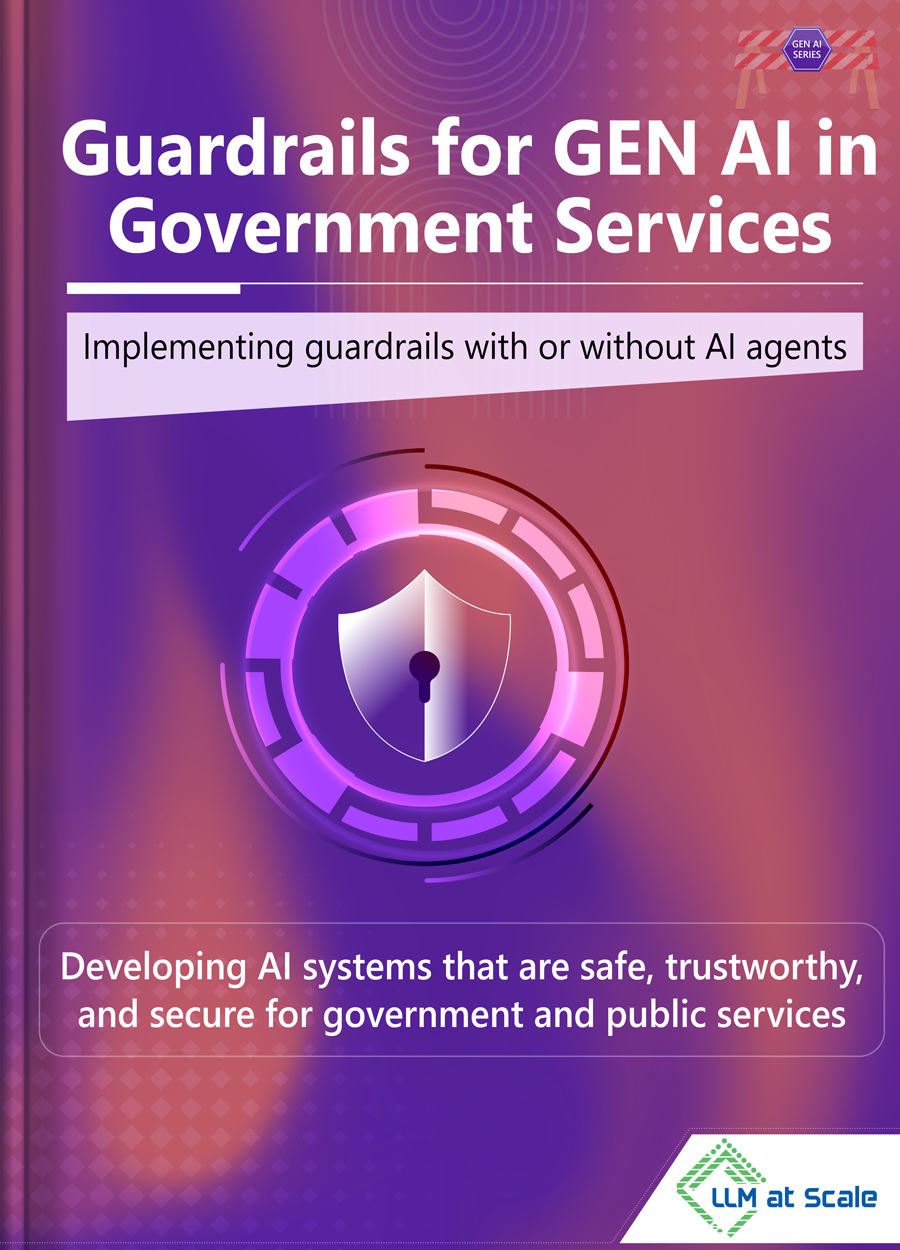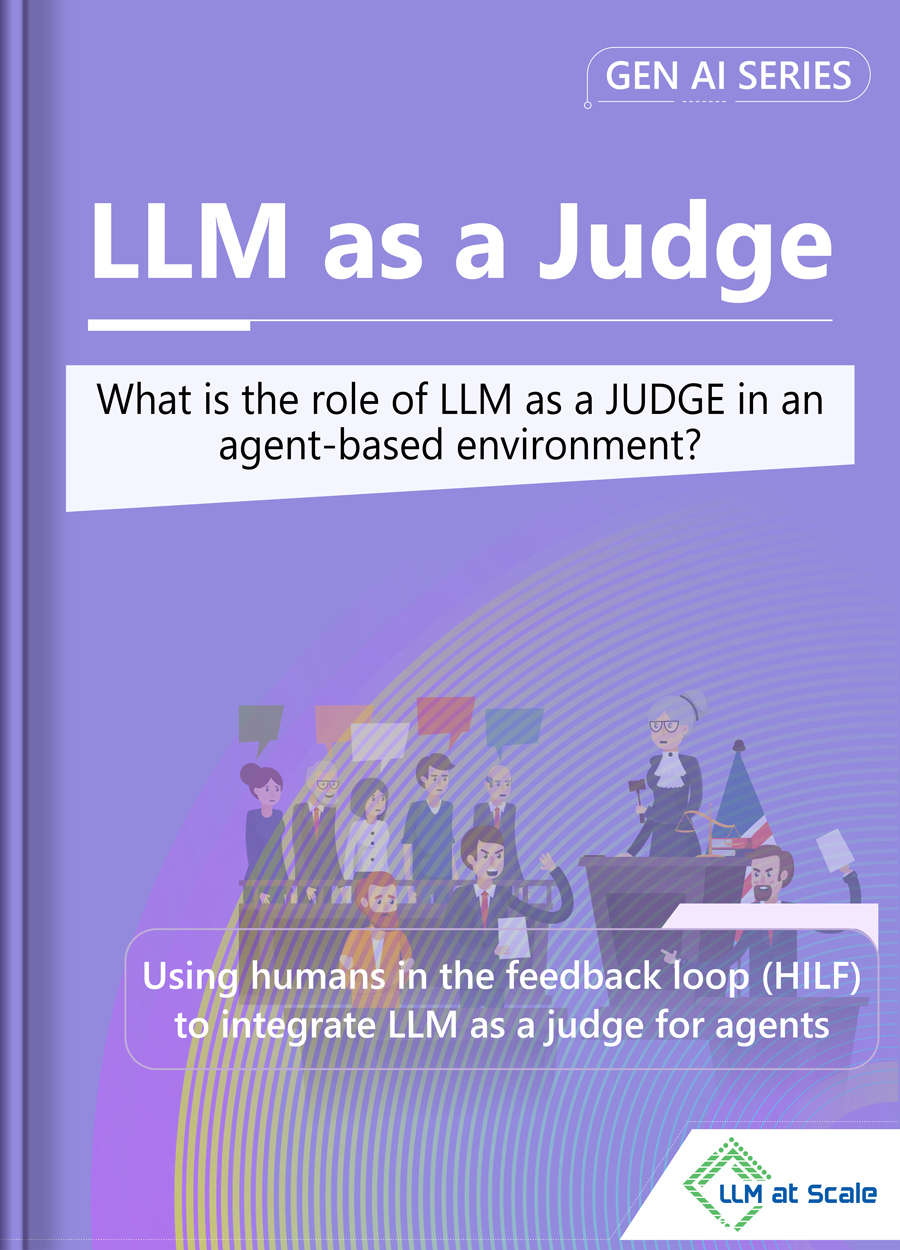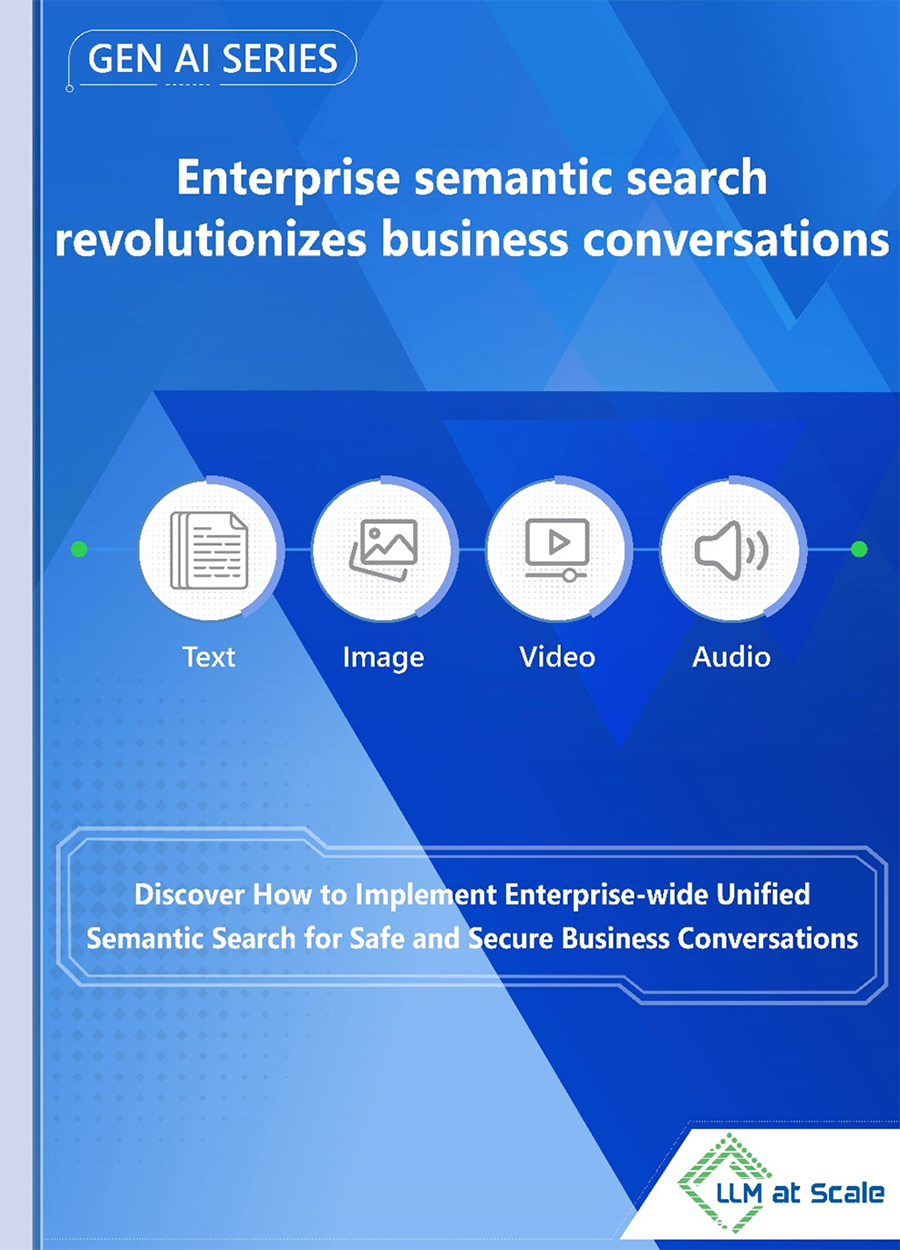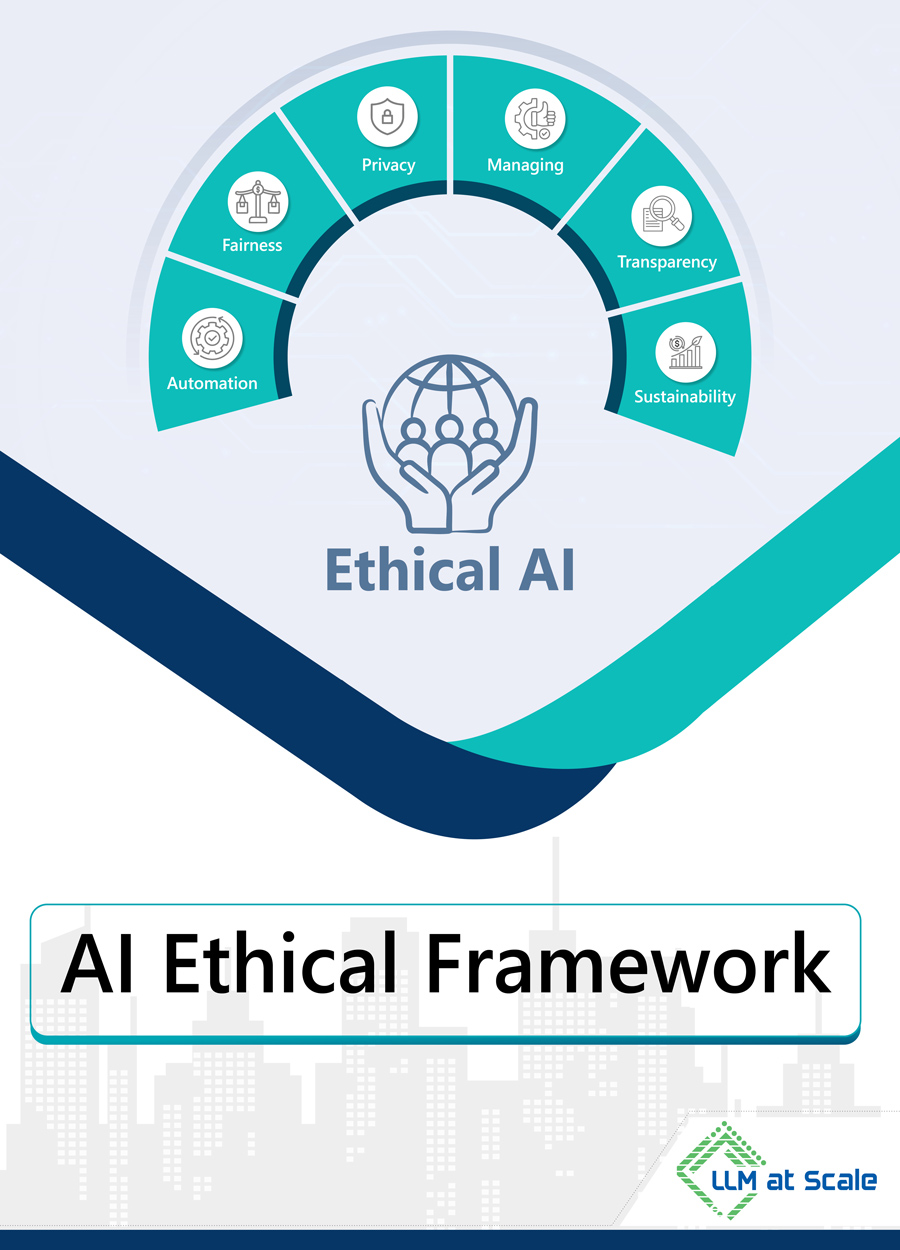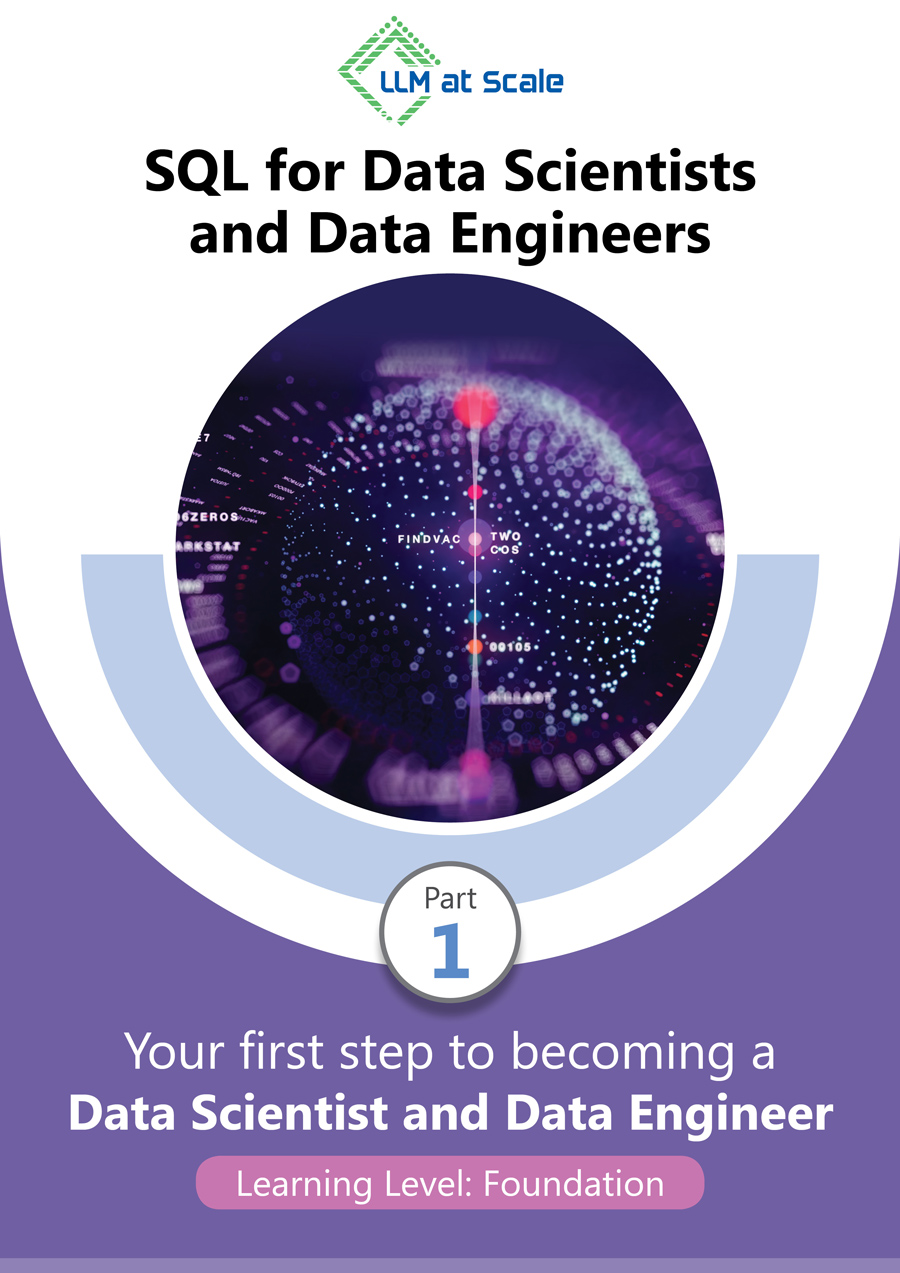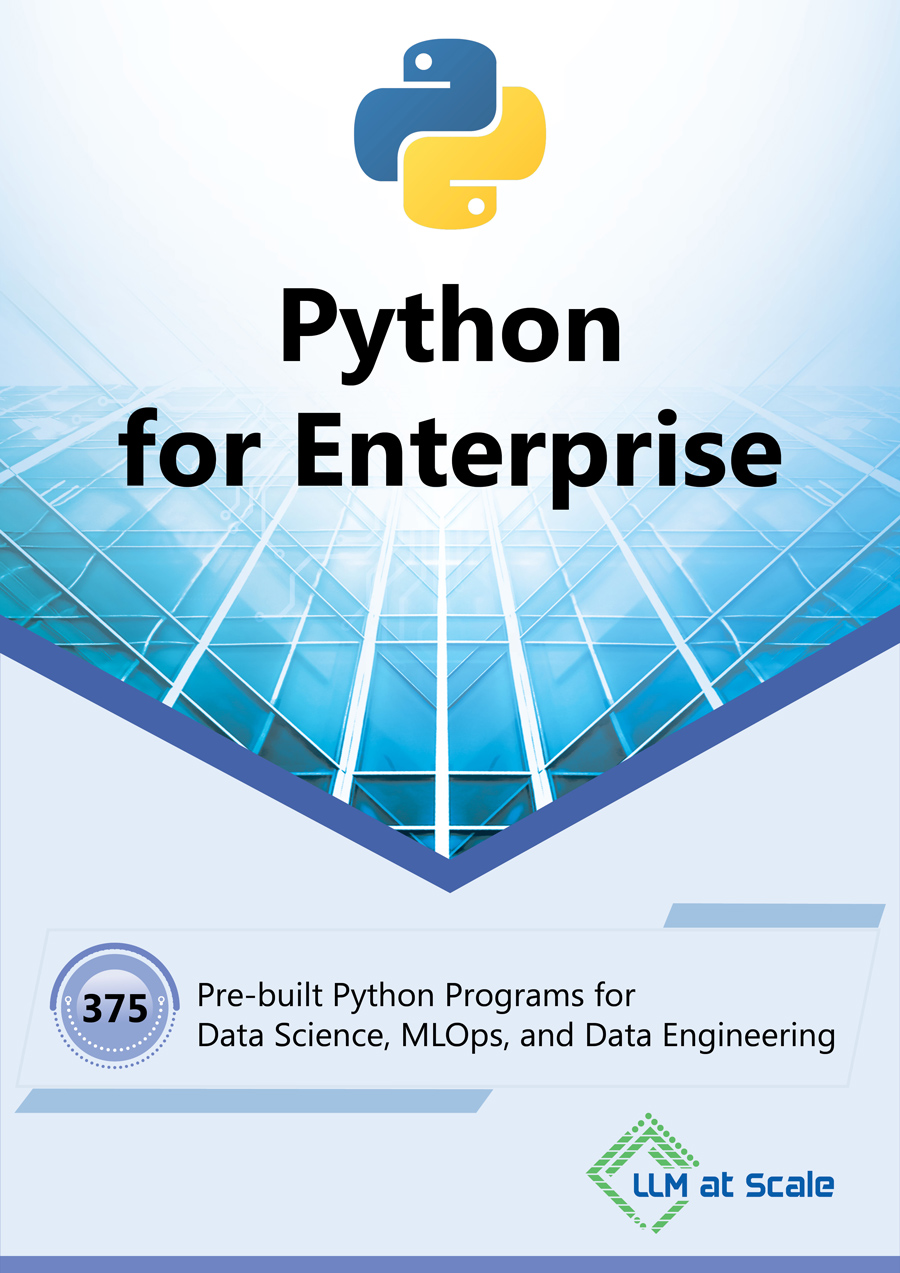Multi-agent Orchestration
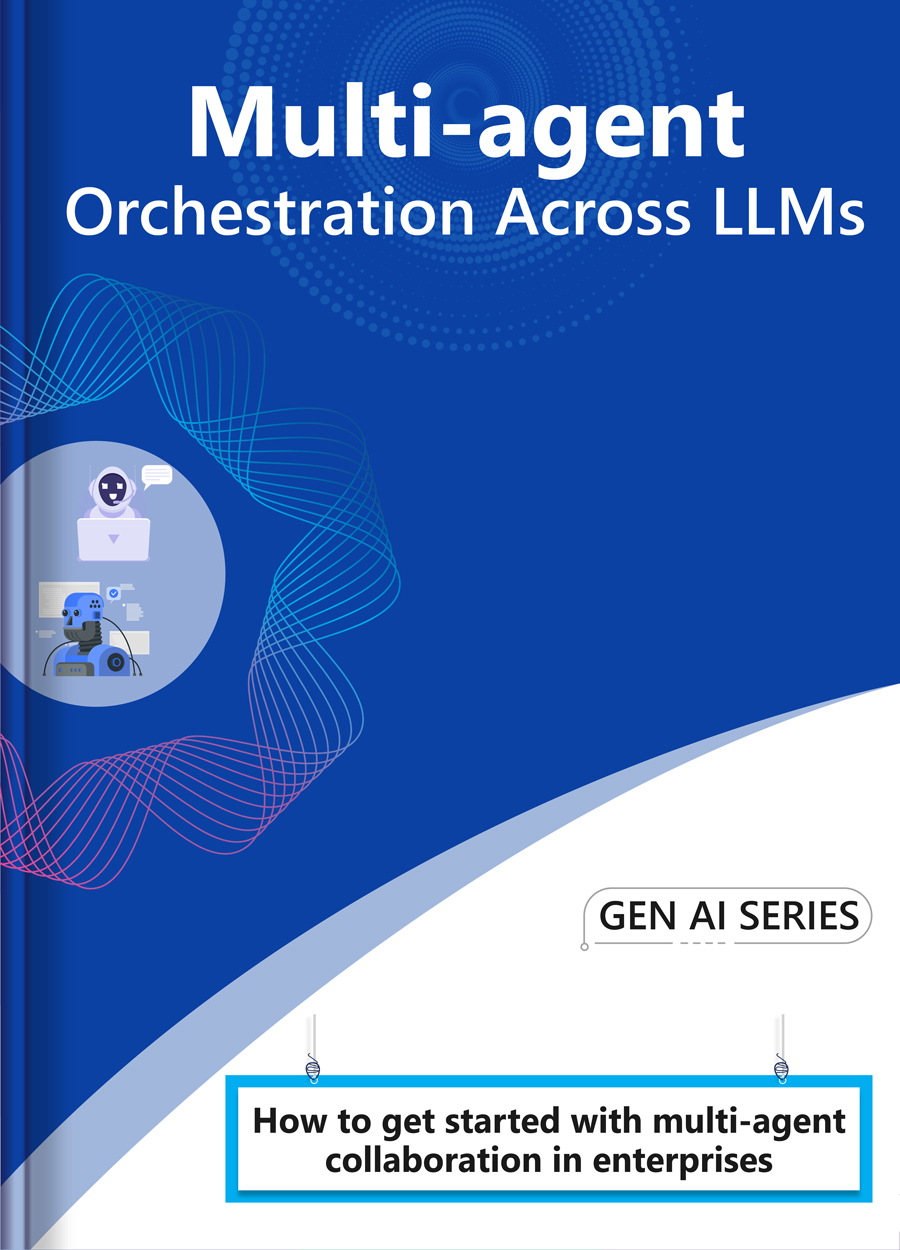
Empower your enterprise with agent-driven Gen AI solutions. This guide demystifies the role of agents in modern AI systems-exploring key concepts, technologies, and architectures that enable secure, scalable, and intelligent business interactions. From legacy system integration to real-world implementation strategies, discover how agents are transforming enterprise AI.
- What is an agent?
- What are the different types of agents?
- What is the difference between an agent and an LLM?
- What kind of intelligence does an agent provide to a business?
- What is the role of agents in GEN AI?
- How do agents interact with LLM?
- What are the Agent market trends and business demand?
- Discuss about the Business benefits of an agent
- How does an agent fit into a complex legacy system environment?
- Discuss how the GEN AI Solutions are at risk without an agent
- GEN AI Solution with agent and without agent
- Agent enable open source technologies
- Agent enabled platform
- Comparative analysis of technologies and platforms
- Which technology is most effective for implementing Agent at scale?
- Architectural components of the platform and technology
- How Bedrock agents enable secure and safe interactions with business processes?
- Case Study -1- Pubic Services
- Case Study -2- Energy
- Solution architecture
- Summary of the implementation step
- Detailed implementation steps
- Source code organization
